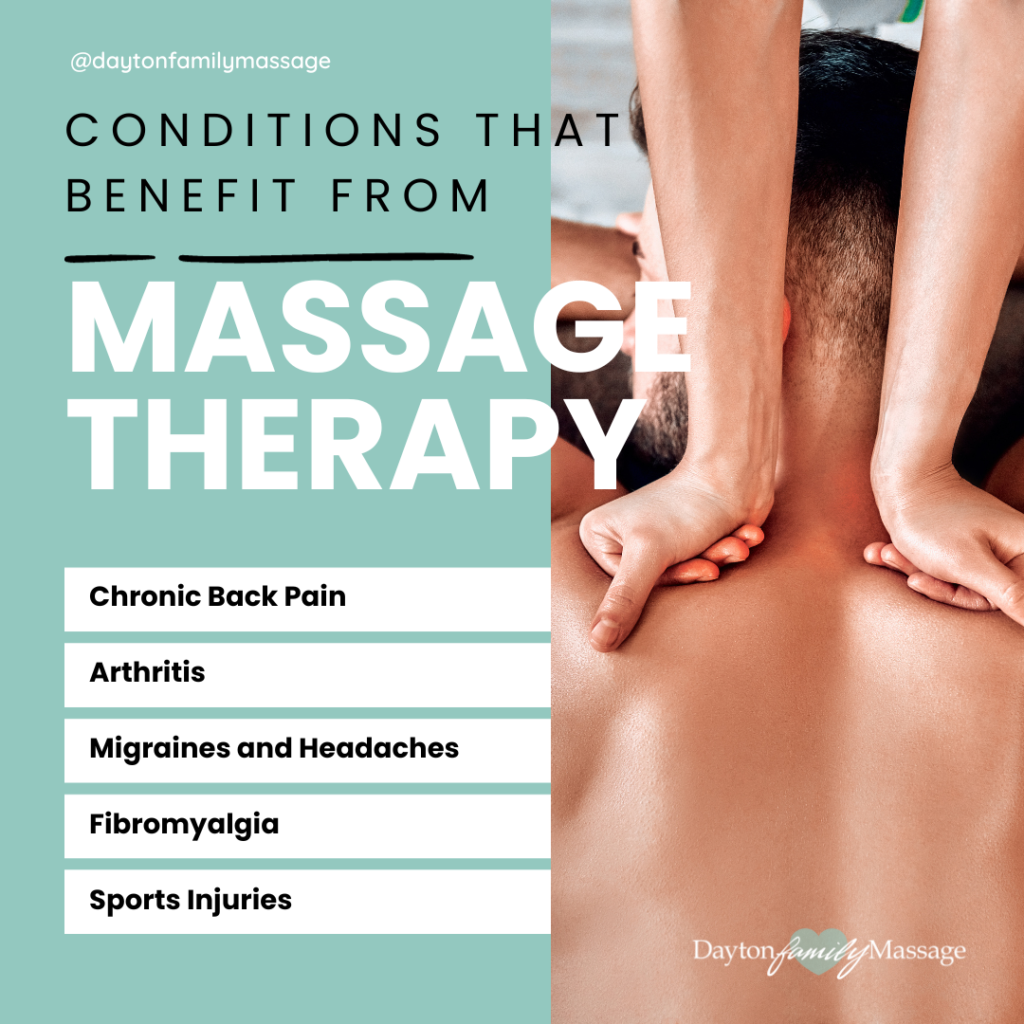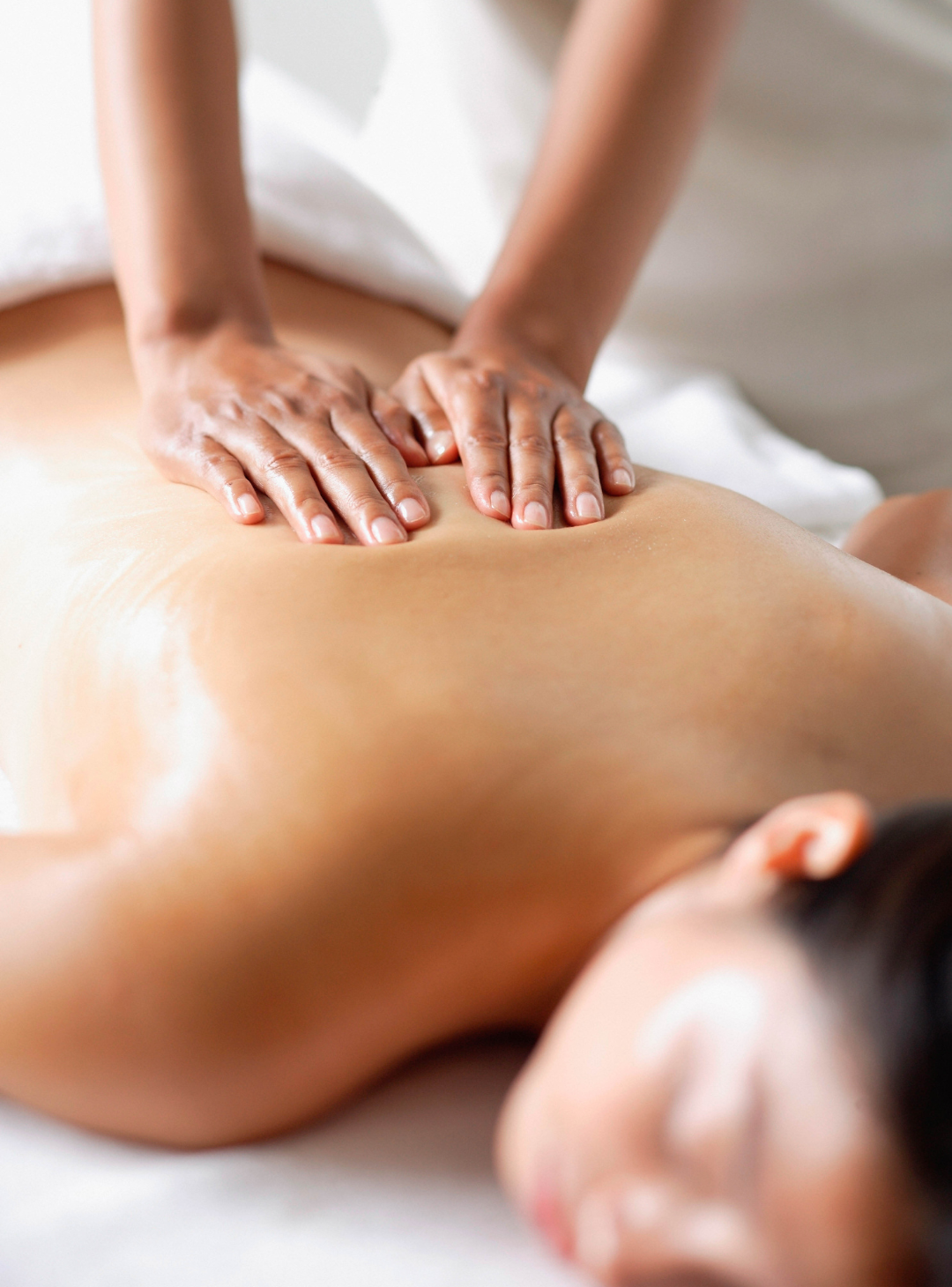In a world filled with the allure of quick fixes and pharmaceutical solutions, it’s easy to overlook the age-old wisdom of natural therapies. One such holistic approach that has been gaining recognition in recent years is massage therapy. Beyond its reputation for relaxation, massage has emerged as a powerful and natural alternative for pain management, providing relief without the side effects of medications. In this blog post, we’ll delve into the science behind how massage can alleviate pain and explore the conditions it can effectively address.
Understanding Pain and Medication
Pain is a common human experience, and medications have long been the primary method for managing it. While drugs can provide temporary relief, they often come with a host of potential side effects and the risk of dependency. Chronic pain conditions, such as back pain, arthritis, and migraines, have prompted many individuals to seek alternative, non-pharmacological approaches. This is where massage therapy comes into play.’

The Science of Massage and Pain Relief
- Endorphin Release: One of the primary mechanisms behind the pain-relieving effects of massage is the release of endorphins. Endorphins are the body’s natural painkillers and mood elevators. During a massage, the rhythmic strokes and kneading of muscles stimulate the production and release of endorphins, leading to a reduction in pain perception and an enhanced sense of well-being.
- Muscle Relaxation: Muscle tension is a common source of chronic pain. Massage therapists use techniques like Swedish and deep tissue massage to relax muscle tissue, increase blood circulation, and promote the elimination of waste products and toxins. This can significantly reduce muscle-related pain and discomfort.
- Improved Range of Motion: Conditions like osteoarthritis can limit joint mobility and cause pain. Regular massage can help enhance joint flexibility and alleviate pain by reducing inflammation and increasing the range of motion.
Conditions that Benefit from Massage Therapy
Massage therapy can be beneficial for a wide range of pain-related conditions, including:
- Chronic Back Pain: Massage can help alleviate tension and reduce pain in the lower and upper back, providing relief for those with chronic discomfort.
- Arthritis: For individuals with osteoarthritis or rheumatoid arthritis, massage can help reduce pain and improve joint flexibility.
- Migraines and Headaches: Regular head and neck massages can reduce the frequency and severity of migraines and tension headaches.
- Fibromyalgia: Those with fibromyalgia often experience widespread pain and tender points. Massage therapy can target these areas and provide much-needed relief.
- Sports Injuries: Athletes and active individuals can benefit from sports massage to aid in the healing and recovery process, reducing pain and muscle soreness.

In the quest for natural alternatives to medication, massage therapy has emerged as a powerful and effective solution for pain management. With its ability to release endorphins, relax muscles, and improve joint mobility, it offers a holistic approach to pain relief. While massage therapy is not a one-size-fits-all solution and should be used in conjunction with other medical advice, it represents a promising avenue for those seeking a drug-free path to pain management. So, if you’re looking to explore new ways to address chronic pain, consider giving the healing touch of massage a try. Your body might just thank you for it!



